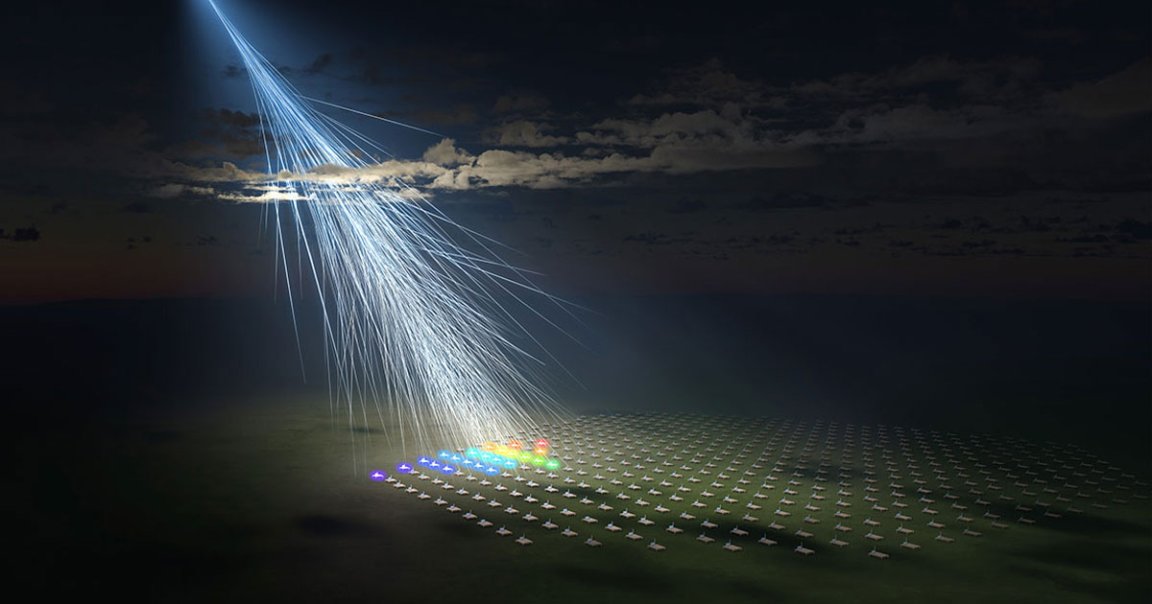
In May 2021, a team of astronomers made an exceedingly rare discovery: an extremely high-energy cosmic ray beaming from outer space — which, confusingly, seemed to be coming from nowhere in particular.
“When I first discovered this ultra-high-energy cosmic ray, I thought there must have been a mistake, as it showed an energy level unprecedented in the last three decades,” said Osaka Metropolitan University associate professor Toshihiro Fujii, author of a new paper published in the journal Science, in a statement.
Fuji was referring to the “Oh-My-God” particle, which was detected back in October 1991 and remains the highest-energy cosmic ray ever detected.
Cosmic rays are highly charged subatomic particles from outer space that can reach energy levels roughly a million times higher than those produced by the most powerful particle accelerators ever built back on Earth.
Despite their incredible power, their origins have remained a complete mystery. A perfect example? That 2021 cosmic ray, which was named after the Japanese Sun goddess Amaterasu.
“No promising astronomical object matching the direction from which the cosmic ray arrived has been identified, suggesting possibilities of unknown astronomical phenomena and novel physical origins beyond the Standard Model,” said Fuji in the statement.
Fuji has been collaborating with an international team of scientists known as the Telescope Array experiment. Since 2008, the team has been chasing ultra-high-energy cosmic rays using a Utah-based observatory made up of 507 surface detectors spread out over 270 square miles.
That’s where they detected the extraordinary 2021 Amaterasu signal. At 240 exa-electronvolts, it was so powerful that it rivals the 1991 “Oh-My-God” particle, which was measured at around 320 exa-electronvolts.
Despite being the second most powerful cosmic ray ever detected, Fuji and his team ran into trouble trying to pinpoint the source of Amaterasu. According to the team’s calculations, the ray came from a relatively empty corner of the universe that’s home to only a few spread-out galaxies.
“There was nothing,” Fuji told Nature.
That perplexing conclusion led the team to suggest that our understanding of how magnetic fields can influence the path of these cosmic rays before reaching the Earth may be inherently flawed. In other words, Amaterasu may have come from an entirely different region.
“We think we’ve got good estimates, but maybe we’re wrong,” Clancy James, an astronomer at Curtin University in Perth, Australia, who was not involved in the research, told Nature.
Even events like supernovas are “nowhere near energetic enough for this,” said coauthor and Telescope Array co-spokesperson John Matthews in a university press release. “You need huge amounts of energy, really high magnetic fields to confine the particle while it gets accelerated.”
Another possibility: entirely unknown physical processes could allow these rays to cover even longer distances than previously thought.
“These events seem like they’re coming from completely different places in the sky,” said coauthor and University of Utah professor John Belz in the press release. “It’s not like there’s one mysterious source.”
“It could be defects in the structure of spacetime, colliding cosmic strings,” he added. “I mean, I’m just spit-balling crazy ideas that people are coming up with because there’s not a conventional explanation.”
For now, Fuji and his colleagues hope to glean more insights into these mysterious particles after upgrading the Telescope Array to make it four times as sensitive.
But whether they’ll have a second chance to detect another cosmic ray nearly as powerful as Aamterasu remains to be seen.
More on cosmic rays: Scientists Puzzled by Weird “Strands” at the Center of Our Galaxy